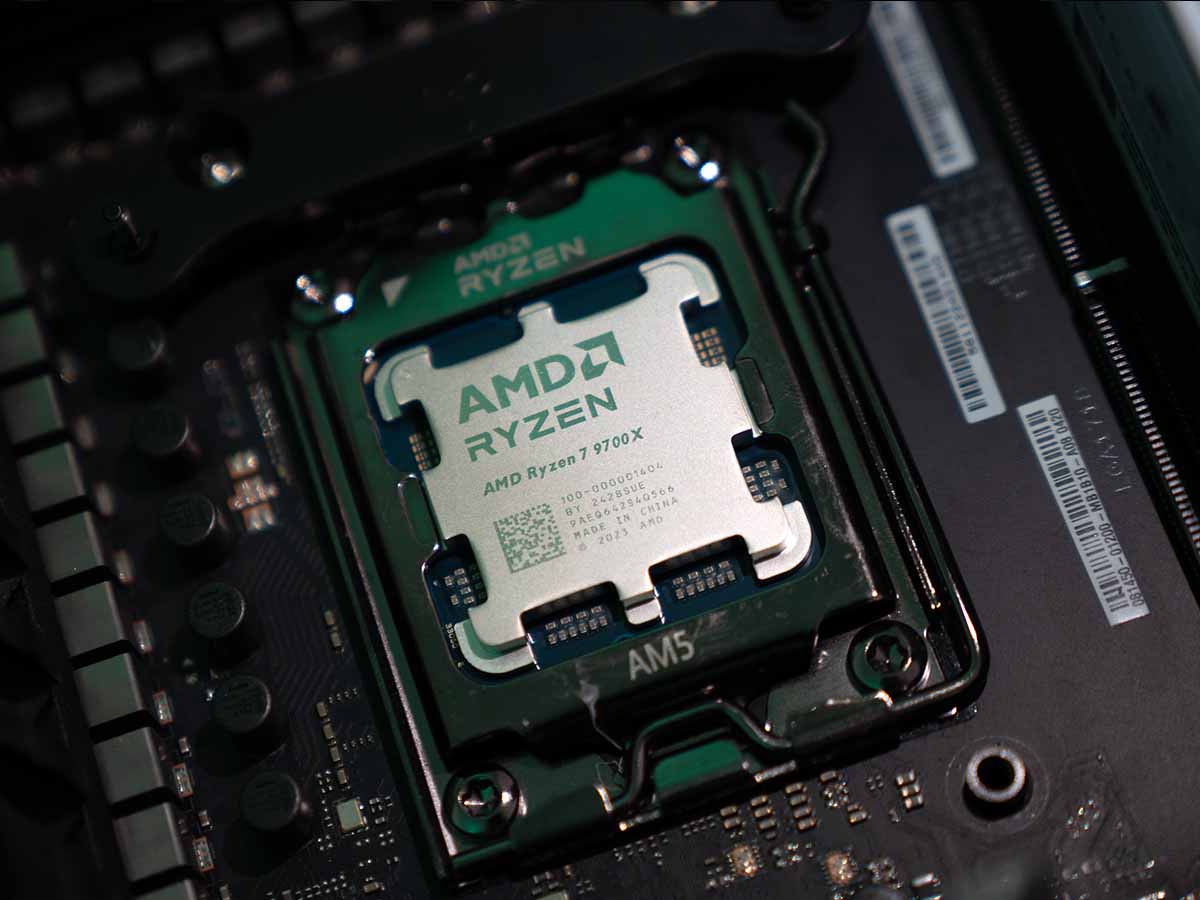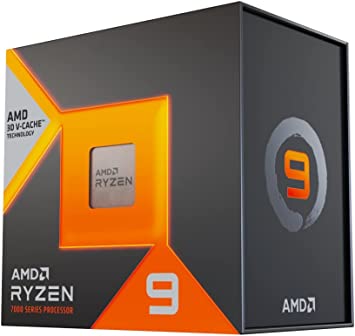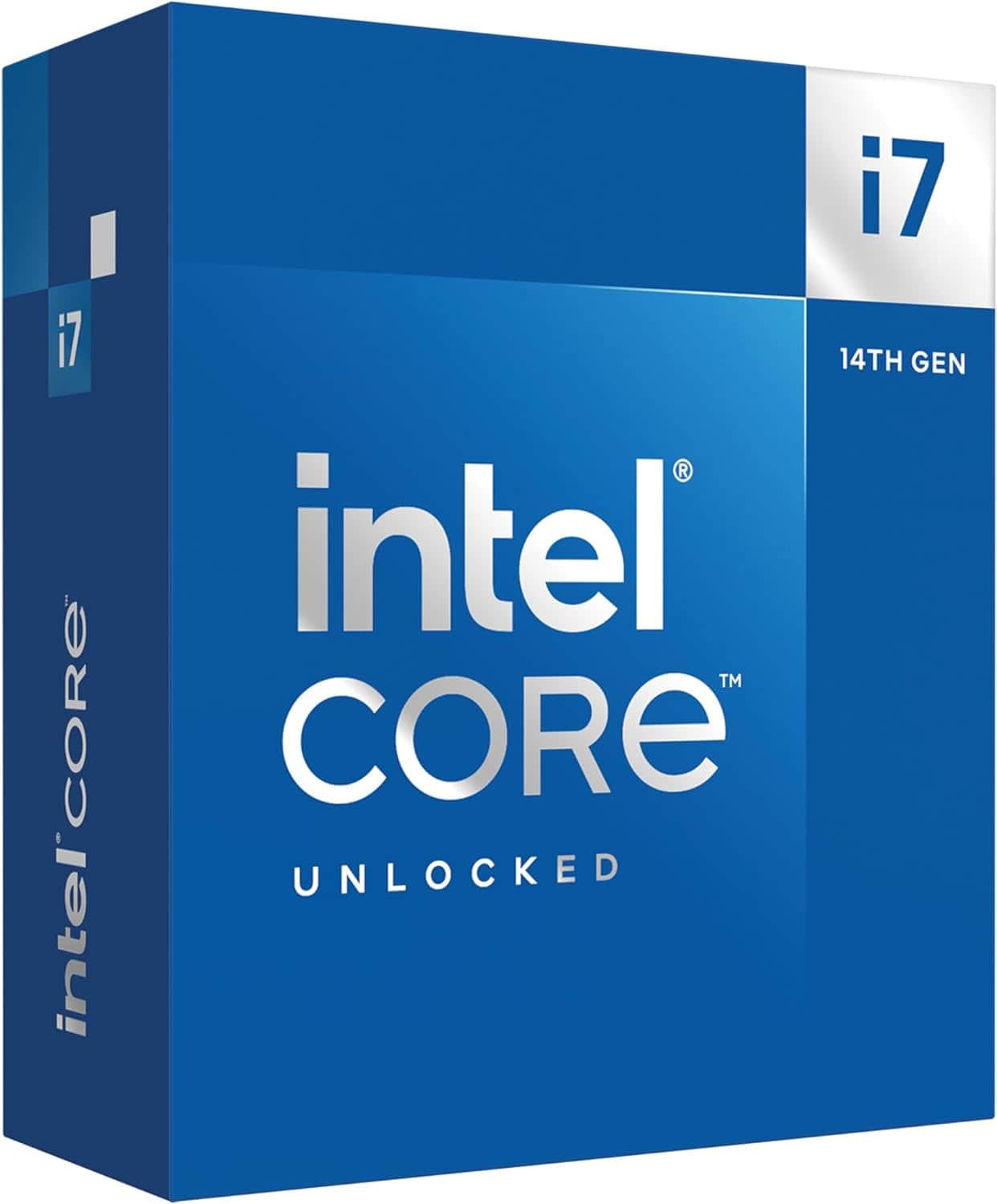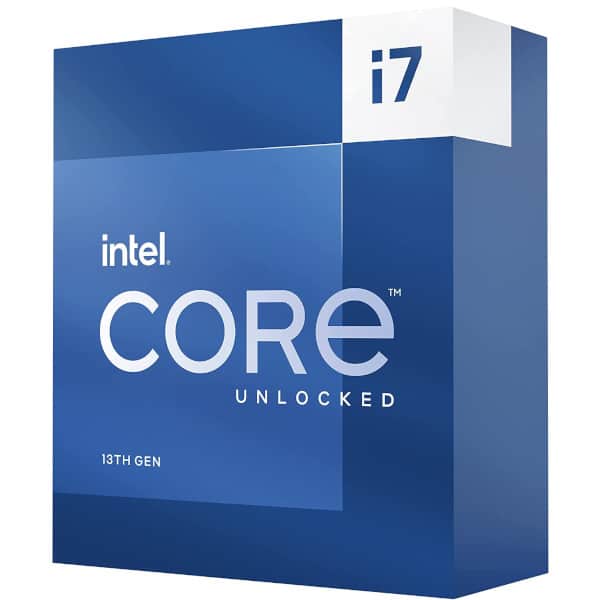Ryzen 7 9700X Vs Core i5-14600K – How big is the performance difference?

Table of Contents
The Ryzen 9000 series processors are set to launch soon after getting delayed by AMD. The 9700X, which was scheduled to arrive on the 31st of July, will be now launching on August 8.
The CPU is a mid-range option, great for those who want something that can deliver excellent performance while keeping the temps low. But how does it stack up against a mid-range option from Intel? To find out, we’ll compare it with the Core i5-14600K.
Prime Day is finally here! Find all the biggest tech and PC deals below.
- Sapphire 11348-03-20G Pulse AMD Radeon™ RX 9070 XT Was $779 Now $739
- AMD Ryzen 7 7800X3D 8-Core, 16-Thread Desktop Processor Was $449 Now $341
- ASUS RTX™ 5060 OC Edition Graphics Card Was $379 Now $339
- LG 77-Inch Class OLED evo AI 4K C5 Series Smart TV Was $3,696 Now $2,796
- Intel® Core™ i7-14700K New Gaming Desktop Was $320.99 Now $274
- Lexar 2TB NM1090 w/HeatSink SSD PCIe Gen5x4 NVMe M.2 Was $281.97 Now $214.98
- Apple Watch Series 10 GPS + Cellular 42mm case Smartwatch Was $499.99 Now $379.99
- ASUS ROG Strix G16 (2025) 16" FHD, RTX 5060 gaming laptop Was $1,499.99 Now $1,274.99
- Apple iPad mini (A17 Pro): Apple Intelligence Was $499.99 Now $379.99
*Prices and savings subject to change. Click through to get the current prices.
If you are interested in getting the Ryzen 7 9700X as soon as it launches, check out our Where to Buy 9700X page, where we’ve listed all major retailers that will be offering this CPU.
AMD Ryzen 7 9700X

Cores
8
Threads
16
Boost clock speed
5.5 GHz
Base clock speed
3.8 GHz
L3 Cache
32 MB
TDP
65 W
Platform
AMD Socket AM5
Shop on Amazon
CHECK PRICEIntel Core i5-14600K

Cores
14
Threads
20
Boost clock speed
5.3 GHz
Base clock speed
3.5 GHz
L3 Cache
24 MB
TDP
125 W
Platform
Intel Socket 1700
Shop on Amazon
CHECK PRICESpecifications
| Specifications | Ryzen 7 9700X | Intel Core i5-14600K |
| Architecture | Zen 5 | Raptor Lake-R |
| Socket | AM5 | LGA1700 |
| Process | TSMC 4nm FinFET | Intel 7 (10nm) |
| Cores | 8 | 14 |
| Threads | 16 | 20 |
| Base clock speed | 3.8 GHz | E-core: 2.6 GHzP-core: 3.5 GHz |
| Boost clock speed | 5.5 GHz | 5.3 GHz |
| L3 Cache | 32 MB | 24 MB |
| TDP | 65W | 125W / 181W |
| Integrated graphics | AMD Radeon Graphics | Intel UHD Graphics 770 |
From the table above, you can check out the key differences between the two.

Foundation
Let's discuss the foundation first. The Ryzen 7 9700X is built on the same architecture as the other 9000 series CPUs, such as Zen 5. This is the latest one from AMD, and the company has introduced significant improvements and changes through it, such as a 16% IPC lift. AMD claims that thanks to it, compared to Zen 4, you can expect 21% better performance in League of Legends, 23% in Blender, and a massive 35% improvement in Geekbench 5.4 AES XTS.

On the other hand, the architecture of the 14600K is a refresh of the Raptor Lake, which only introduces some minor improvements.
The 9700X also uses the 4nm process technology, thanks to which it can fit more transistors on a single core. On the other hand, the 14600K has the 10nm technology, so its transistors are bigger in size. What this means? The 9700X can handle more tasks easily.
Cores and clock speeds
The 9700X offers a combination of 8 cores and 16 threads. It utilizes hyperthreading to perform efficiently in demanding tasks. For those who don't know, hyperthreading basically assigns one core to two threads.
The 14600K, on the other hand, has 14 cores, 6 Performance cores and 8 Efficient cores. The P-cores are optimized to handle heavy tasks such as video editing, rendering, and gaming. On the other hand, E-cores are used for light tasks, such as browsing the web or watching a video.
The 9700X has a base frequency of 3.8 GHz, which is 0.3 GHz better than the P-core frequency of the 14600K, 3.5 GHz. This, however, can be improved using overclocking. You can boost the 9700X up to 5.5 GHz, while the 14600K can reach a maximum speed of 5.3 GHz, which is again less than Team Red's CPU.
TDP and cache
Cache stores the temporary data that the processor needs to access frequently. The bigger the size of the cache, the less the burden on the CPU. The 9700X takes the lead in this, as it has a L3 cache of 32 MB. On the other hand, the 14600K has a 24 MB L3 cache. So, Team Red’s option can store more data and reduce the stress from the CPU.
The TDP is yet another area where the 9700X takes a big lead. Its total power draw is only 65W. This means that it is energy efficient and won’t generate too much heat. So, you won’t have to worry about investing in a big power supply or a high-end cooler. On the other hand, the 14600K tends to run pretty hot, as it has a TDP of 125W, which can go up to 181W under load.
Pricing
At launch, the 14600K was available for $329. However, right now, you can grab it for $299.99. This is the lowest price we’ve seen yet for the 14600K. On the other hand, the price of the 9700X is currently unknown. But according to a recent leak, it will cost $449 at launch.
Alternate options
The Ryzen 9700X and Intel 14600K are both excellent processors, but we understand that they may not be for everyone. If that’s the case for you, then you can check out some alternate options below.
-
AMD Ryzen 9 5950X
- Cores: 16
- Threads: 32
- Base clock speed: 3.4 GHz
- Boost clock speed: 4.9 GHz
- L3 Cache: 64 MB
- TDP: 105 W
-
AMD Ryzen 9 7900X3D
- Cores: 12
- Threads: 24
- Boost clock speed: 5.6 GHz
- Base clock speed: 4.4 GHz
- L3 Cache: 128MB
- TDP: 120W
-
Intel Core i7-14700K
- Cores: 20 (8P-12E)
- Threads: 28
- Boost clock speed: P-Core 5.5GHz / E-Core 4.3GHz
- Base clock speed: P-Core 2.5GHz / E-Core 3.4GHz
- L3 Cache: 33 MB
- TDP: 125W
-
Intel Core i7-13700K
- Cores: 16
- Threads: 24
- Platform: Raptor Lake-S
- Base Clock Speed: 100 MHz
- Boost Clock Speed: 5.4 GHz
- L3 Cache: 30 MB (shared)
Which one is right for you?
When comparing the Ryzen 7 9700X and the Intel Core i5-14600K, each processor has different advantages depending on the specific tasks and use cases.
The Ryzen 7 9700X, built on AMD’s Zen 5 architecture with a 4nm process, features 8 cores and 16 threads, which makes it highly efficient for multitasking and demanding workloads such as video editing, 3D rendering, and running virtual machines. With a base clock speed of 3.8 GHz and a boost clock speed of up to 5.5 GHz, along with a 32 MB L3 Cache, the 9700X offers rapid access to frequently used data, improving overall performance. Additionally, its TDP of 65W makes it more energy-efficient, and it also produces less heat.
On the other hand, the Intel Core i5-14600K, based on the Raptor Lake architecture with a 10nm process, offers a hybrid core configuration with 6 Performance-cores and 8 Efficient-cores, totaling 14 cores and 20 threads. However, compared to the 9700X, it has a higher TDP and may not be the ideal choice for demanding tasks.







